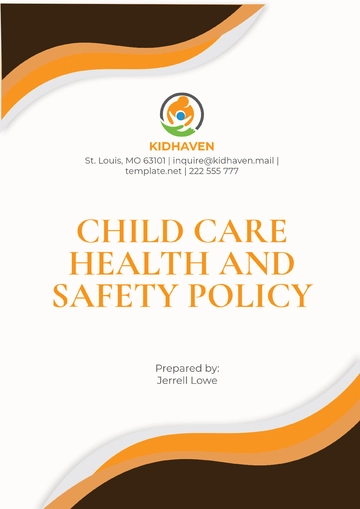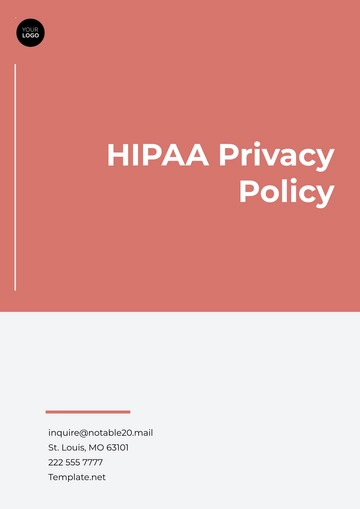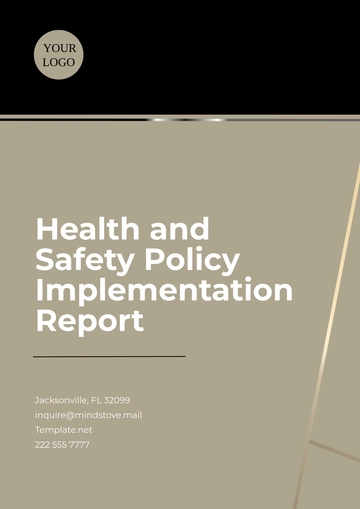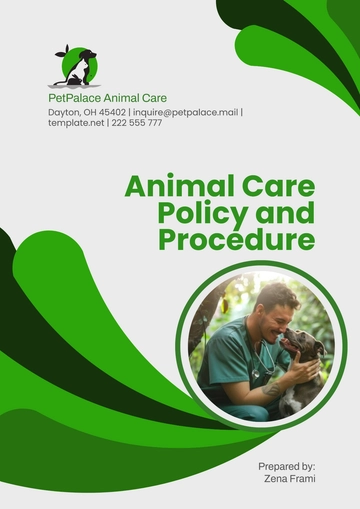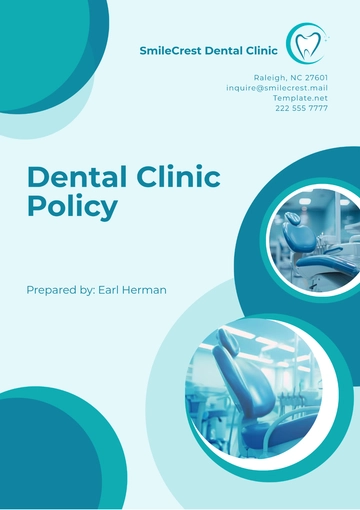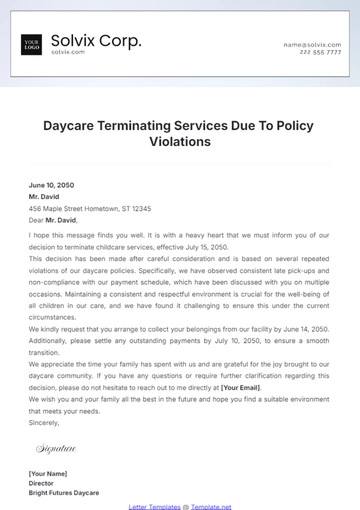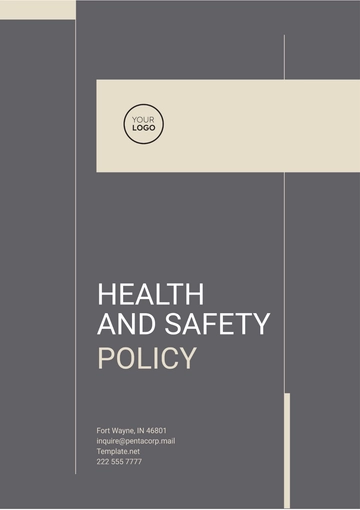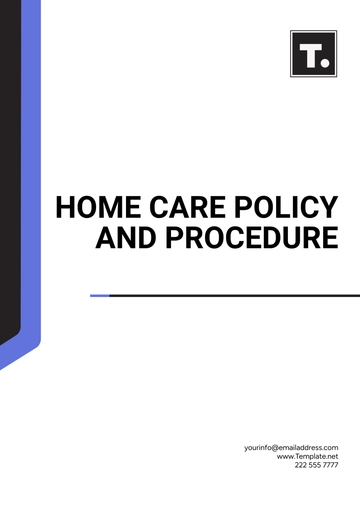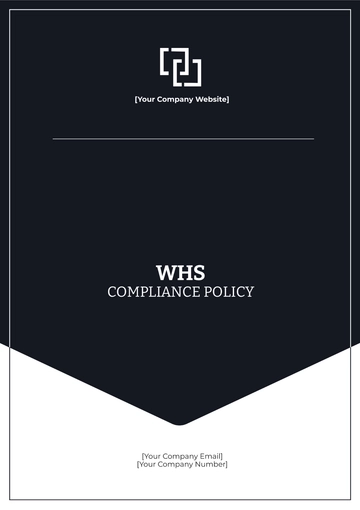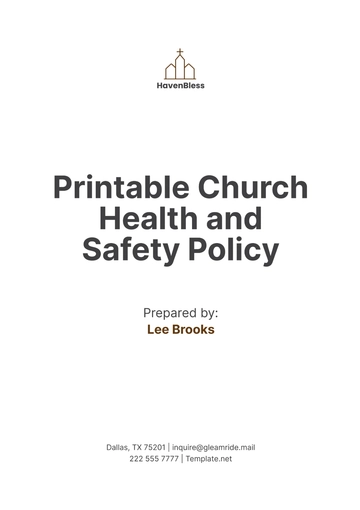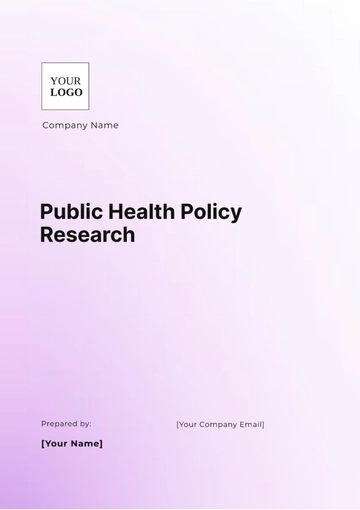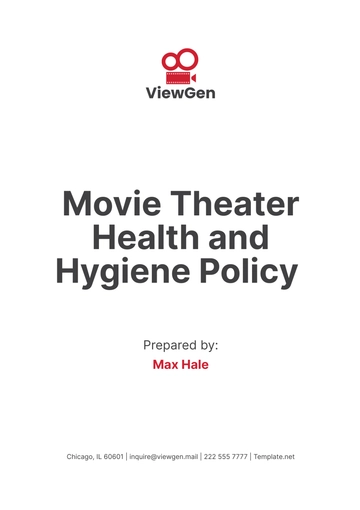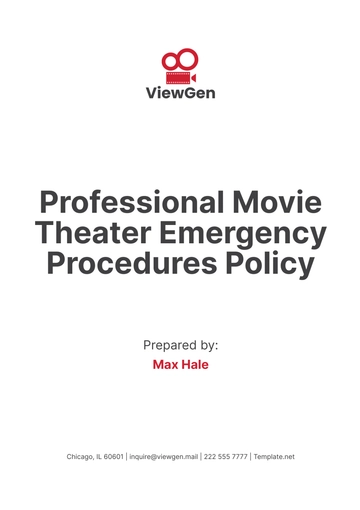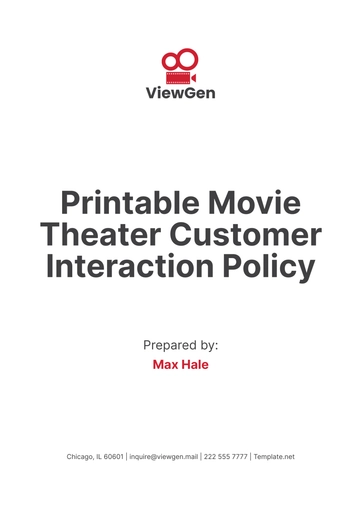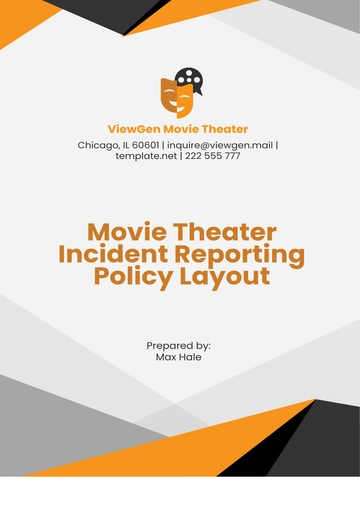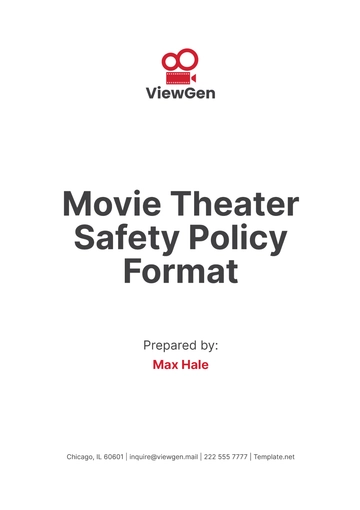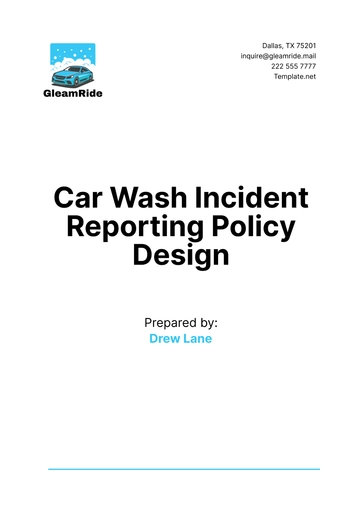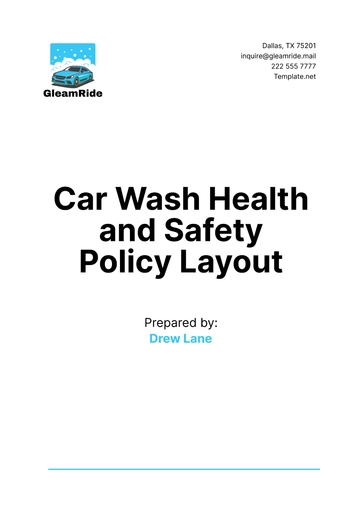Free Nursing Home Drug Diversion Policy & Procedure
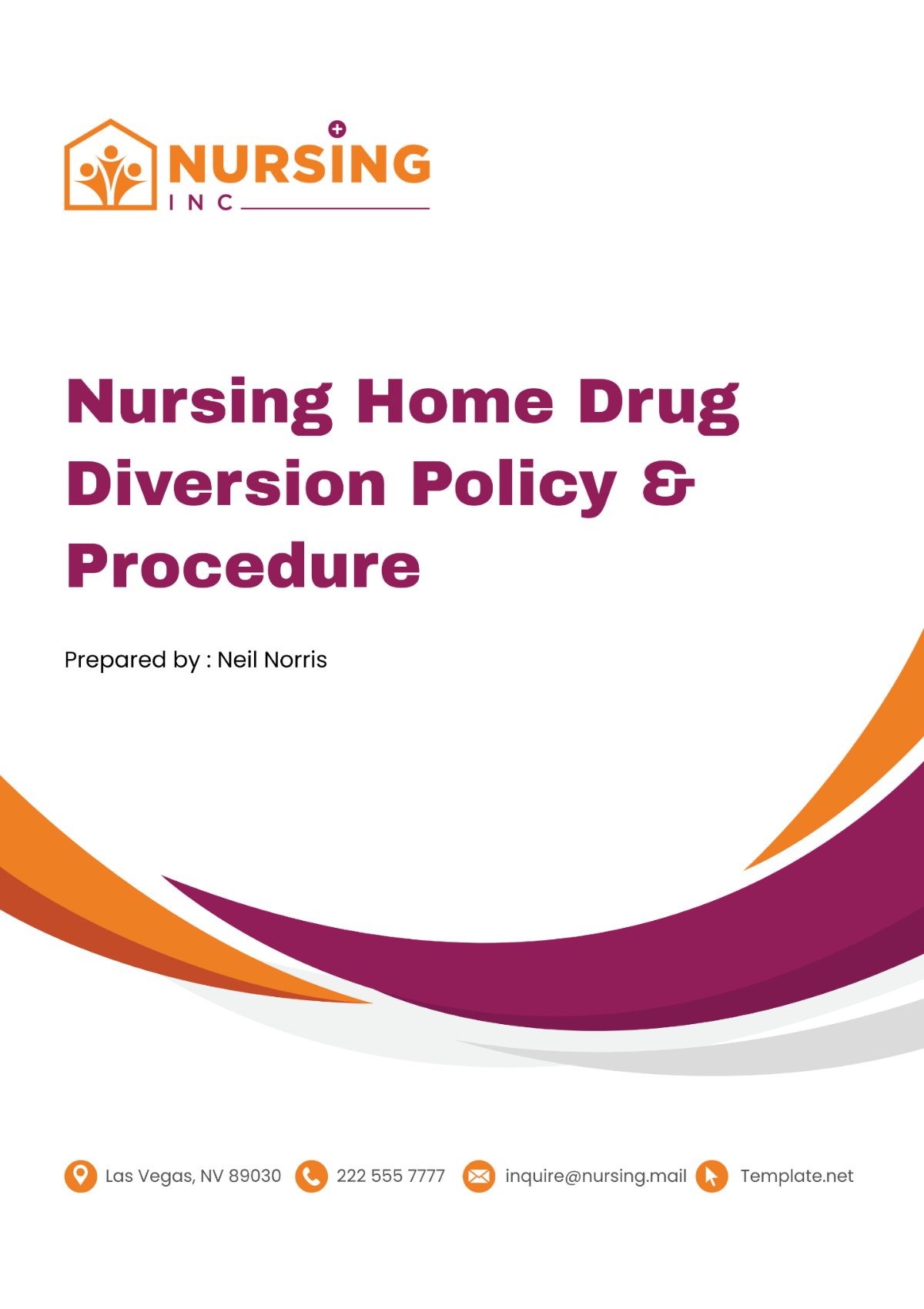
I. Introduction
A. Purpose of the Policy & Procedure Document
This policy aims to safeguard against the misuse and diversion of medications within [Your Company Name] facilities. It ensures the well-being of our residents by establishing robust procedures for the handling, storage, and administration of drugs, while also setting forth mechanisms for the detection, investigation, and response to any instances of drug diversion.
B. Scope
This policy is universally applicable within [Your Company Name], covering all employees, contractors, volunteers, and any individuals who interact with drug management processes. It encompasses all controlled substances, prescription medications, and over-the-counter drugs that have the potential for misuse.
C. Definitions and Key Terms
Term | Definition |
|---|---|
Drug Diversion | The unauthorized redirection of medication from its intended destination for personal use or sale. |
Controlled Substance | Drugs are classified by government agencies based on their potential for abuse or dependency. |
Medication Management | The systematic process of prescribing, dispensing, administering, and reviewing medication use. |
D. Policy Statement
[Your Company Name] commits to maintaining a safe environment for both residents and staff by preventing drug diversion through strict adherence to regulatory standards, continuous staff training, and the implementation of advanced security measures.
II. Regulatory Compliance
A. Overview of Relevant Laws and Regulations
Our policy complies with the DEA, CMS, FDA, and state-specific regulations governing the handling of medications within healthcare facilities. This includes adherence to the Controlled Substances Act (CSA) and the Health Insurance Portability and Accountability Act (HIPAA) for the protection of patient information during drug management processes.
B. Standards for Handling Controlled Substances
The procedures that have been established for the procurement, storage, dispensing, and disposal of controlled substances are carefully designed with the primary goal of meeting guidelines set out by the Drug Enforcement Administration (DEA). The intention behind these methods is to maintain a high level of security and to ensure accurate record-keeping of all transactions involving controlled substances in accordance with the regulations set forth by the DEA.
C. Accreditation Requirements
We align with the Joint Commission's medication management and safety standards, ensuring continuous quality improvement in drug handling procedures.
III. Roles and Responsibilities
Role | Responsibilities |
|---|---|
Administration | Oversee policy implementation, and ensure regulatory compliance. |
Nursing Staff | Secure medication handling, accurate administration, and documentation. |
Pharmacy Staff | Proper medication ordering, storage, and disposal. Assist in audits and inventory management. |
Patients and Families | Report any concerns related to medication management and diversion. |
Compliance and Audit Teams | Conduct regular audits, investigate diversion incidents, and enforce policy adherence. |
IV. Drug Handling Procedures
A. Ordering and Receiving Medication
Process Description
Ordering Only designated staff can place orders through verified suppliers. All orders are double-checked and approved by a pharmacist.
Receiving Medications are received at a secure location, with quantities verified against the order. Discrepancies are immediately reported.
B. Storage of Medications
Criteria Protocol
Security Medications are stored in locked cabinets or rooms with access limited to authorized personnel.
Environment Temperature and humidity controls are in place for medication preservation.
C. Dispensing Medications
For the personnel who are in charge of dispensing medications, it is imperative that two-factor authentication is employed. This added security measure is to ensure the rightful execution of their duties without any unintended mishaps or misuse. Furthermore, every transaction they make will be systematically recorded in an organized manner. This log will comprehensively detail vital information relating to the patient, such as their personal identifying information. Additionally, it will also state other crucial details such as the specific type of medication that was dispensed to a patient, the dose that the patient is prescribed to take, and the exact time when the medication was given.
D. Documentation and Record Keeping
A system used for managing medication digitally is utilized for the purpose of monitoring in real-time. Additionally, it is ensured that backups of the system data are maintained for a minimum duration of five years.
E. Medication Disposal
In adherence to the guidelines established by both the Environmental Protection Agency (EPA) and the Drug Enforcement Agency (DEA), environmentally safe disposal practices are consistently followed. Furthermore, all actions taken with respect to disposal are thoroughly documented and maintained in an official disposal log for record-keeping and accountability.
V. Drug Diversion Prevention
A. Risk Identification and Assessment
It is important that risk assessments be conducted on a semi-annual basis to identify any potential vulnerabilities that may occur during the medication management process. This is crucial to ensure the safety and security of both the staff and the patients. In order to thoroughly assess these vulnerabilities, a standardized checklist should be utilized. This checklist should encompass various factors, like the security of the storage where the medication is kept, the different levels of access that the staff members have, and the completeness of the audit trail. These factors can contribute significantly to the detection and prevention of any potential risks or vulnerabilities.
B. Staff Education and Training
Develop an ongoing education program that includes:
Initial orientation on drug diversion risks, identification, and prevention strategies.
Annual refresher courses highlighting updates in policies, procedures, and regulatory requirements.
Specialized training for staff in key positions, such as pharmacy and nursing, focusing on secure medication handling practices and diversion detection techniques.
C. Security Measures
Implement comprehensive security measures, including:
Advanced electronic medication administration records (eMAR) systems with audit trails.
Controlled access to medication storage areas using biometric or electronic ID systems.
Surveillance cameras are strategically placed in areas where medications are stored and prepared, ensuring monitoring while respecting privacy.
D. Patient Education
It is essential to effectively communicate with patients along with their families about the critical nature of ensuring the security of their medications. It is equally important to make them aware of the potential dangers associated with drug diversion. Disseminating information is not enough, it is also necessary to provide them with explicit instructions regarding the method they should follow to report any concerns they might have or suspicious activities they come across that are related to the handling of medications.
VI. Detection of Drug Diversion
A. Monitoring and Surveillance Techniques
Deploy a combination of manual checks and electronic monitoring to detect potential diversion, including:
Regular review of medication administration records for irregularities or discrepancies.
Use of analytics software to identify patterns indicative of diversion in medication usage and prescribing data.
B. Audits and Inspections
Outline a schedule for both announced and unannounced audits of medication management practices, including:
Monthly inventory checks of controlled substances.
Quarterly comprehensive audits involving a cross-functional team to review prescribing, dispensing, and administration records.
C. Reporting Mechanisms for Suspected Diversion
Establish a secure and anonymous reporting system for staff, patients, and families to report suspected drug diversion, including:
A dedicated hotline.
Secure online reporting portal.
Assurance of non-retaliation for individuals reporting in good faith.
VII. Investigation Procedures
A. Initial Response to Suspected Diversion
Upon identification of a potential drug diversion incident, immediate steps include:
Securing the medications involved and relevant documentation.
Notifying the designated drug diversion response team.
Temporarily suspending access to medication management systems for individuals under investigation, as appropriate.
B. Conducting an Investigation
The investigation process involves:
Gathering and reviewing all relevant documentation, including eMAR records, video surveillance, and audit logs.
Interviewing staff and witnesses while maintaining confidentiality and respect for all parties.
Collaborating with law enforcement and regulatory bodies when necessary, following legal and regulatory guidelines.
C. Confidentiality and Legal Considerations
Maintain strict confidentiality throughout the investigation, sharing information only with those directly involved in the investigation or as required by law. Ensure all actions are compliant with employment laws and regulations governing healthcare and controlled substances.
VIII. Response and Corrective Actions
A. Disciplinary Measures
Clearly define the disciplinary actions for confirmed drug diversion, which may include:
Immediate termination of employment for gross misconduct.
Reporting to relevant licensing boards and law enforcement agencies.
Legal action, if applicable, to recover damages or comply with federal and state laws.
B. Legal Reporting Requirements
Specify the requirements for reporting confirmed diversion incidents to external entities, including:
Immediate notification of local law enforcement for criminal investigation.
Reporting to state pharmaceutical boards or healthcare licensing authorities as required.
Compliance with federal DEA reporting obligations for lost or stolen controlled substances.
C. Corrective Action Plans
Develop corrective action plans based on investigation findings to prevent future incidents. This may include:
Revising policies and procedures to address identified vulnerabilities.
Enhancing physical and electronic security measures.
Providing targeted training for staff on new or revised protocols.
D. Support and Rehabilitation Programs for Affected Staff
Offer support and access to professional rehabilitation programs for staff members struggling with substance abuse, emphasizing a commitment to employee health and wellness. This approach supports recovery and reintegration into professional life, where appropriate and feasible.
IX. Documentation and Reporting
Requirement | Description |
|---|---|
Record Keeping | Detailed logs of all medication-related activities are maintained, including audits and disposal records. |
Reporting | Procedures for internal and external reporting of diversion incidents are specified, ensuring timely and appropriate communication with regulatory bodies. |
X. Policy Review and Updates
A. Periodic Review Schedule
Establish a structured schedule for periodic reviews of the Drug Diversion Policy & Procedure to ensure its effectiveness and compliance with evolving legal and regulatory frameworks. This includes:
Annual Reviews: Conduct comprehensive reviews annually to assess the overall effectiveness of the policy and incorporate feedback from staff, regulatory updates, and industry best practices.
Event-Triggered Reviews: In addition to scheduled reviews, trigger policy revisions in response to specific events, such as changes in legislation, significant drug diversion incidents, or technological advancements in medication management.
B. Updating Procedures
Detail the step-by-step procedure for updating the policy, ensuring a systematic approach to revisions:
Step | Description |
|---|---|
Initiation | Policy updates can be initiated by the compliance officer, pharmacy director, or upon recommendation from staff during or outside of scheduled reviews. |
Review Team Assembly | Form a multidisciplinary review team, including representatives from nursing, pharmacy, compliance, and administration, to ensure a comprehensive evaluation of policy aspects. |
Stakeholder Engagement | Solicit feedback from frontline staff, patients, and family members to gain insights into policy strengths and areas for improvement. |
Drafting Updates | The review team drafts policy updates, clearly documenting rationales for changes based on feedback, incident analyses, and regulatory updates. |
Legal and Regulatory Review | Submit proposed changes to legal counsel and a regulatory compliance specialist to ensure alignment with current laws and industry standards. |
Approval and Implementation | Once revisions are vetted for compliance and effectiveness, obtain formal approval from senior management. Communicate changes to all stakeholders, and provide training as necessary to facilitate smooth implementation. |
Monitoring and Feedback | After implementation, monitor the policy's impact and gather feedback to inform future revisions. |
C. Continuous Improvement Process
Emphasize a culture of continuous improvement within [Your Company Name] by:
Feedback Mechanisms: Implement formal and informal channels for staff to suggest improvements or report concerns related to drug diversion prevention and management.
Innovation Encouragement: Encourage staff to propose innovative solutions for drug diversion prevention, detection, and response, potentially incorporating new technologies or methodologies.
Quality Improvement Projects: Regularly undertake quality improvement projects focused on enhancing medication security and reducing the risk of drug diversion.
Performance Metrics: Develop and track key performance indicators (KPIs) related to drug diversion prevention, such as frequency of incidents, response times, and outcomes of investigations, to measure the effectiveness of the policy and identify areas for improvement.
Learning from Incidents: Analyze every drug diversion incident or near miss to extract lessons learned and implement systemic changes to prevent recurrence.
By providing a clear framework for the periodic review and continuous updating of the Drug Diversion Policy & Procedure, [Your Company Name] ensures that its practices remain at the forefront of medication safety and regulatory compliance, thereby safeguarding the health and well-being of residents and upholding the integrity of its care delivery system.
- 100% Customizable, free editor
- Access 1 Million+ Templates, photo’s & graphics
- Download or share as a template
- Click and replace photos, graphics, text, backgrounds
- Resize, crop, AI write & more
- Access advanced editor
Combat misuse with Template.net's Nursing Home Drug Diversion Policy & Procedure Template. Expertly designed to establish strict guidelines and prevention strategies, this template is fully customizable and editable via our Ai Editor Tool. Address and prevent drug diversion effectively, ensuring patient safety and regulatory compliance. An essential tool for maintaining integrity, exclusively from Template.net.
You may also like
- HR Policy
- Restaurant Policy
- Company Policy
- Accounting Policies and Procedures
- Website Policy
- Privacy Policy
- Safety Policy
- School Policy
- IT and Software Policy
- Law Firm Policy
- Construction Policy
- Interior Design Policy
- Travel Agency Policy
- Education Academic Policy
- Security Policy
- Real Estate Policy
- Expense Policy
- Software Policy
